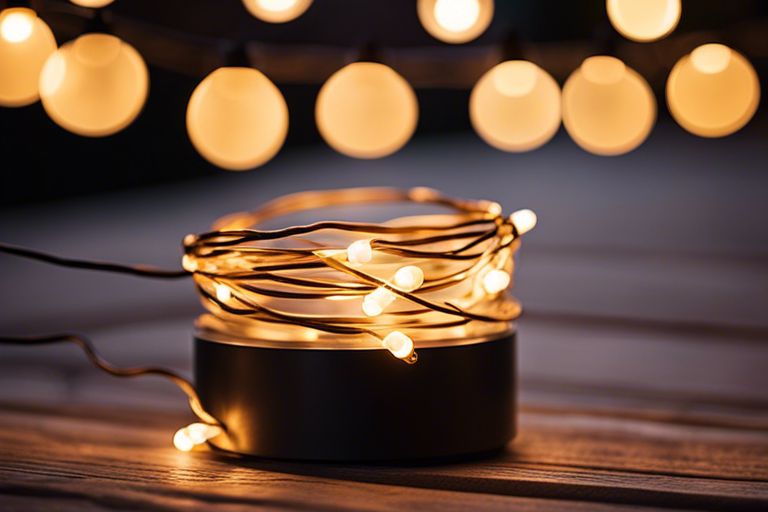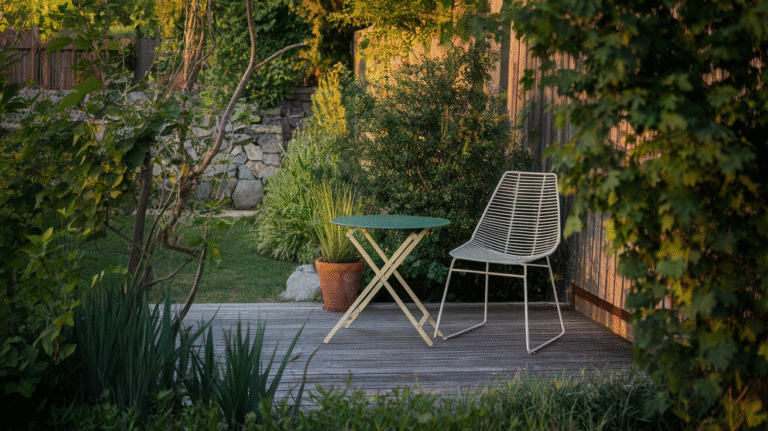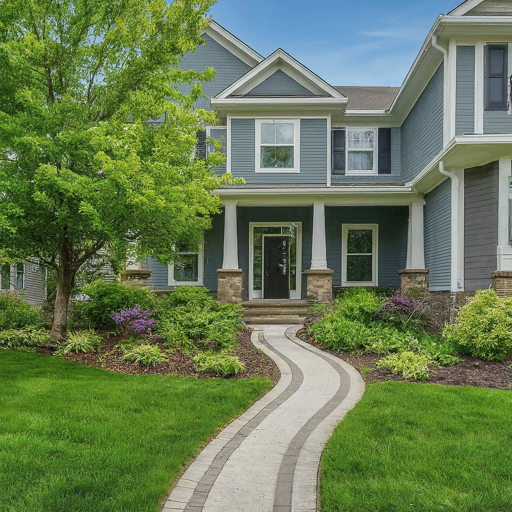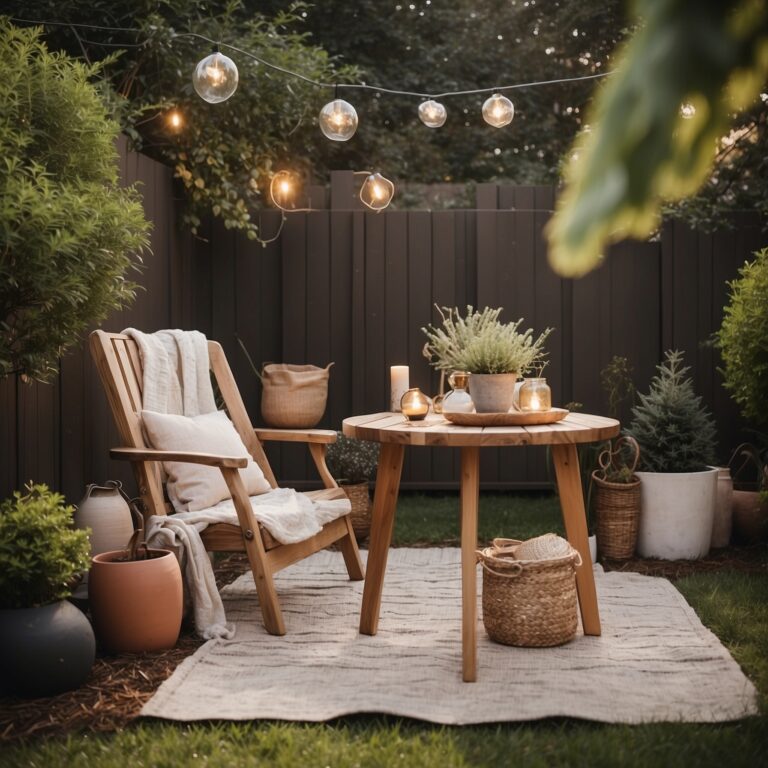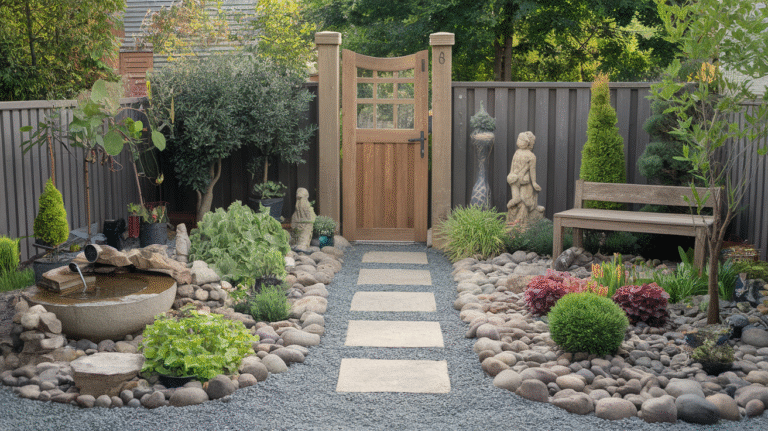15 Home Garden Ideas That Will Transform Your Outdoor Space

A home garden isn’t just about planting seeds—it’s about growing peace, personality, and purpose right outside your door.
Whether you’ve got a sprawling backyard or a modest patio, what you do with your green space can reflect your style just as much as your living room decor.
1. Raised Bed Gardens – Think Inside the Box
If your soil is stubborn or your back isn’t as bendy as it used to be, raised garden beds are your best friend. These neat, elevated boxes give you better drainage, keep pests at bay, and allow you to control the soil quality.
I built mine out of reclaimed wood from an old bookshelf. It’s rustic, sturdy, and my tomatoes have never been happier. Raised beds can increase yield by 1.5 times compared to in-ground planting due to better soil conditions and organization.
Pro tip: Keep the beds no wider than 4 feet—you want to reach everything without playing acrobat.
2. Vertical Gardens – Go Up, Not Out
Short on space? Go vertical. I once turned a bare fence into a lush herb wall using old pallets and mason jars. Suddenly, my cilantro wasn’t just seasoning—it was décor.
Vertical gardens save ground space, improve air circulation, and are easy to maintain. Ideal for balconies and small patios.
Here’s a quick-start idea:
- Hang cloth shoe organizers on a wall.
- Fill each pocket with soil and seeds.
- Label each herb with a vintage chalk tag.
You’ve just grown a wall that tastes as good as it looks.
3. Edible Landscaping – Plant What You Eat
Why plant plain old bushes when you can plant blueberries? Or swap that hedge for a rosemary wall? Edible landscaping combines beauty and function. Every square foot of soil becomes a little grocery store.
I replaced half of my front lawn with leafy greens, strawberries, and even dwarf fruit trees. My neighbor called it “snackable landscaping.” I called it Tuesday dinner.
Did you know: A well-planned edible garden can provide up to 50% of a household’s produce during growing season.
4. Pollinator-Friendly Gardens – Bee the Change
Bees, butterflies, and hummingbirds are not just adorable visitors—they’re crucial to your garden’s health. Pollinator-friendly gardens attract these winged heroes and boost plant reproduction.
Choose native flowering plants like:
- Coneflowers
- Milkweed
- Lavender
- Salvia
Avoid pesticides. Use companion plants to naturally deter pests. Trust me—when you see a monarch butterfly floating above your zinnias, it’s like having royalty visit your backyard.
5. Shade Gardens – Celebrate the Cool Side
Got a shady corner where sun-loving plants sulk and die? Turn it into a shade garden sanctuary. Think hostas, ferns, astilbes, and bleeding hearts.
Shade gardens bring a forest-like calm. I built a winding stone path through mine with a bench tucked at the end. It’s now my favorite summer reading nook—cool, quiet, and mosquito-free.
Tip: Use lighter colored foliage (like variegated hostas) to brighten dark spots naturally.
6. Meditation Gardens – Grow a Place to Breathe
Your garden can be more than a feast for the eyes—it can be food for the soul. Meditation gardens are about creating stillness. Think of them as outdoor therapy sessions.
Use calming elements:
- A simple gravel path
- A small fountain or birdbath
- Low-maintenance plants like lavender, bamboo, or ornamental grasses
Add a bench, and suddenly your garden becomes your personal zen studio.
My trick? I placed a small bell under a Japanese maple. I ring it every time I sit down—like starting a ritual of presence.
7. Wildflower Meadows – Let Nature Take the Lead
Tired of mowing? Consider replacing a patch of grass with a wildflower meadow. It’s low-maintenance, drought-tolerant, and bursting with personality.
Native wildflowers adapt easily and attract beneficial insects. No rigid rows, just a free-spirited explosion of color. I once scattered a bag of wildflower mix across a bare patch behind my shed—and six months later, it looked like a Monet painting on steroids.
Fact: Wildflower meadows use 70% less water than lawns and support over 50 species of pollinators.
8. Container Gardening – Portable Paradise
Don’t have soil? No problem. Container gardening lets you grow anything from tomatoes to lemon trees in pots. It’s perfect for renters, patio-dwellers, or anyone with commitment issues.
Use:
- Clay pots for breathability
- Plastic for moisture retention
- Fabric grow bags for root veggies
Group containers in odd numbers and vary height for visual interest. My rooftop garden is a jungle of terracotta and tin buckets. It may only be 8×10 feet—but it smells like a citrus grove in Tuscany.
9. Garden Rooms – Divide and Delight
Ever wished your backyard had more… rooms? Create distinct zones using plants, paths, or trellises. This technique, known as garden rooms, makes even small yards feel like secret estates.
In mine:
- One area has a fire pit surrounded by tall grasses.
- Another has a hammock under a grapevine arbor.
- A third hides behind bamboo, with a tiny bistro table.
Each space serves a mood—whether it’s sipping wine or stargazing.
10. Composting Corners – Feed the Future
Here’s where beauty meets responsibility. A composting corner turns your scraps into black gold. And no, it doesn’t have to be smelly.
Use a simple bin or a tumbling composter. Layer greens (veggie scraps, grass) with browns (leaves, cardboard). Keep it moist and turn weekly.
Stat: The average household throws away 250 pounds of food scraps per year. Composting can reduce this and return nutrients to your soil.
Bonus? Your plants will thrive like they’re on botanical steroids.
11. Fairy or Miniature Gardens – Small Scale, Big Charm
This one’s especially fun with kids—or for anyone with a childlike heart. Miniature gardens are tiny landscapes with wee houses, pathways, and plants.
Tuck them under a tree, in an old wheelbarrow, or inside a broken pot. Add succulents, moss, and miniature accessories.
Mine has a pebble path, a bottle-cap pond, and a tiny mailbox that gets surprise notes from the “garden gnome.” Pure whimsy, pure joy.
12. Rain Gardens – Harness the Storm
Rainwater runoff is usually wasted. But a rain garden catches and filters stormwater through plants, reducing flooding and erosion.
Choose water-loving plants like:
- Cardinal flower
- Joe Pye weed
- Swamp milkweed
- Switchgrass
Design it in a shallow dip where water naturally collects. You’ll conserve water and create a self-irrigating beauty.
Fact: A 1,000 sq. ft. roof can produce over 600 gallons of runoff during a 1-inch rainstorm. That’s a lot of wasted water unless you catch it.
13. Trellises and Arbors – Add Height and Romance
Want to turn your garden into a fairy tale? Add a trellis or arbor. Let roses, wisteria, or grapes climb skyward. It adds structure, shade, and a bit of drama.
I installed a simple archway over my garden gate and trained clematis up the sides. Now it’s like walking into Narnia every time I step outside.
Use:
- Wooden arches for rustic vibes
- Metal ones for a more formal look
- Recycled ladders or fencing for budget charm
14. Lighting Your Garden – Make It Magical at Night
A garden shouldn’t vanish at dusk. Add outdoor lighting to enjoy your space well past sunset.
Ideas:
- Solar stake lights along paths
- String lights in trees or pergolas
- Lanterns or mason jars with LED candles
My favorite trick? I filled wine bottles with fairy lights and tucked them among the plants. At night, it feels like fireflies moved in and brought friends.
Data says: Outdoor lighting can increase the use of a yard by up to 40% and improves safety too.
15. Themed Gardens – Tell a Story with Plants
Why not turn your garden into a narrative? A themed garden brings cohesion and creativity.
Some ideas:
- Italian garden: rosemary, basil, tomatoes, stone paths
- Tropical retreat: banana plants, hibiscus, colorful pots
- English cottage: foxgloves, roses, lavender, gravel paths
- Zen garden: bamboo, moss, raked gravel, minimalism
I once created a “storybook garden” with plants from fairy tales—apple trees, pumpkins, thorny roses. Guests loved the hidden references.
A theme ties everything together and makes it easier to design, especially when you’re overwhelmed by choices.
Final Words – Start Small, Grow Big
Gardens aren’t built in a weekend. They evolve, like relationships—with love, mistakes, and a bit of sweat. Whether you start with a single container or go full landscape architect, the key is to begin.
There’s an old saying: “The best time to plant a tree was 20 years ago. The second-best time is now.” So pick an idea—or five—from this list and go sow something meaningful.

